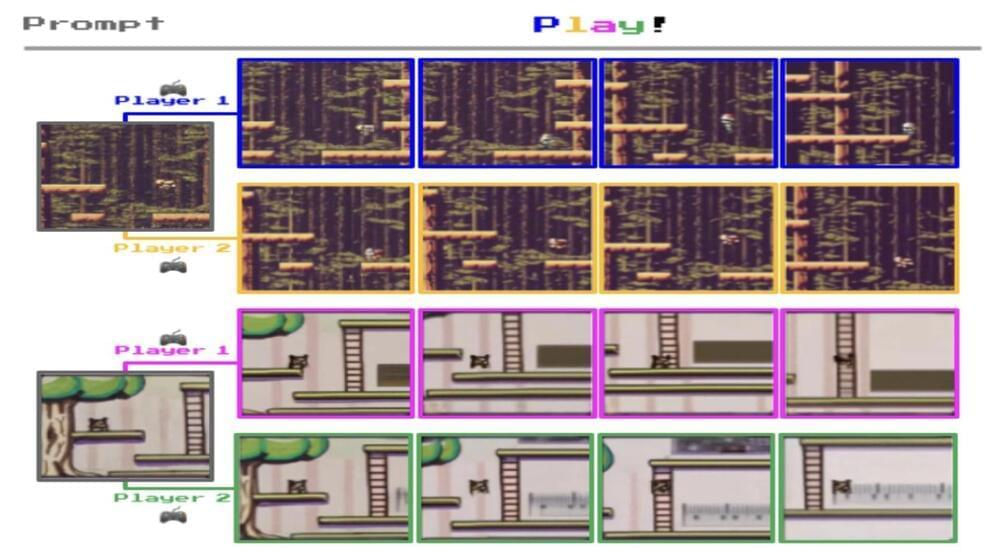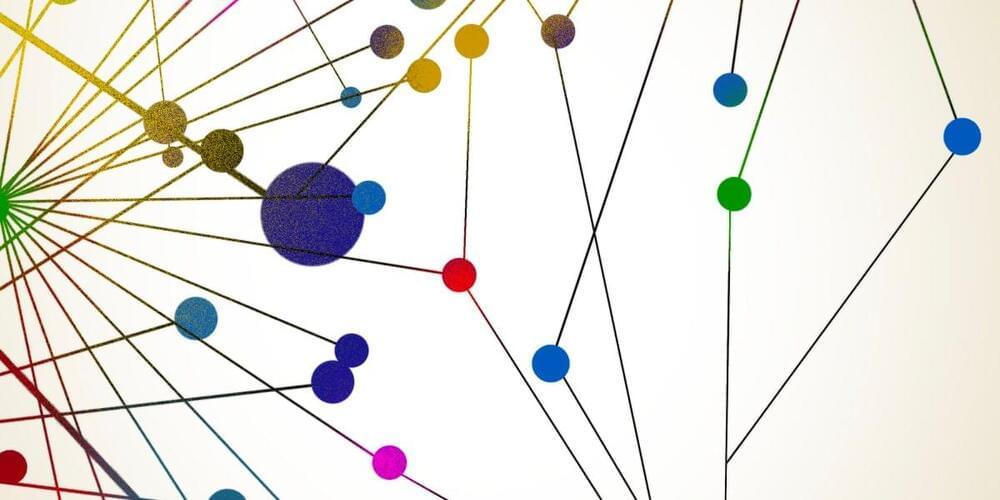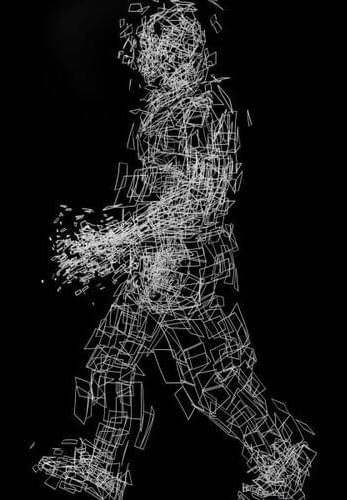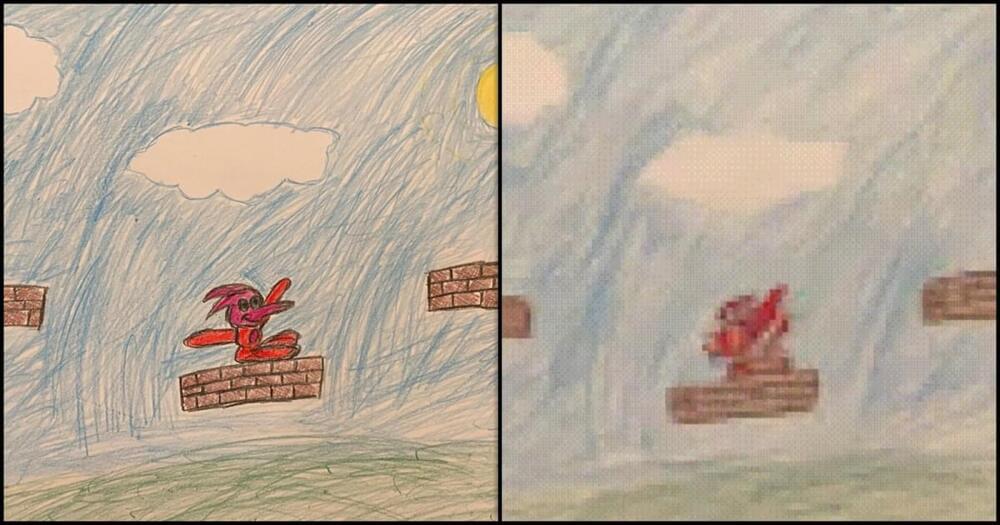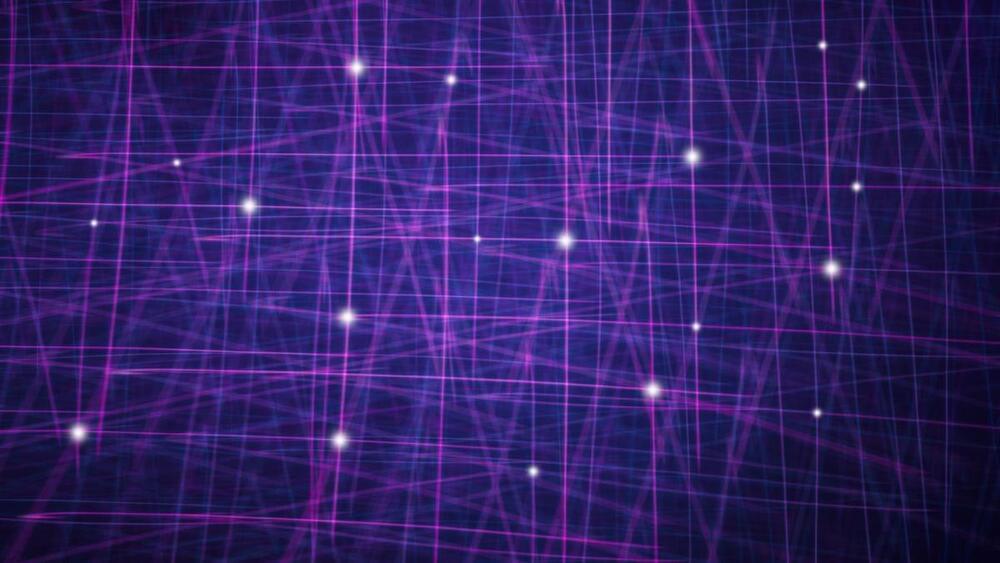Researchers from China used different spectra of light to maximize data transmission in various modes and setting up interoperability between them.
A new light-based communication network developed through a research collaboration between Nanjing University of Posts and Telecommunications and Suzhou Lighting Chip Monolithic Optoelectronics Technology company in China makes seamless connectivity on land, in the sea, and in the air a reality.
While urban landscapes may enjoy the advantages of wireless 5G internet, many pockets worldwide still need broadband. Even as Elon Musk wants to make space-based ultra-fast internet connections the norm, the services cannot be delivered for undersea activities where research and exploration demand them.


